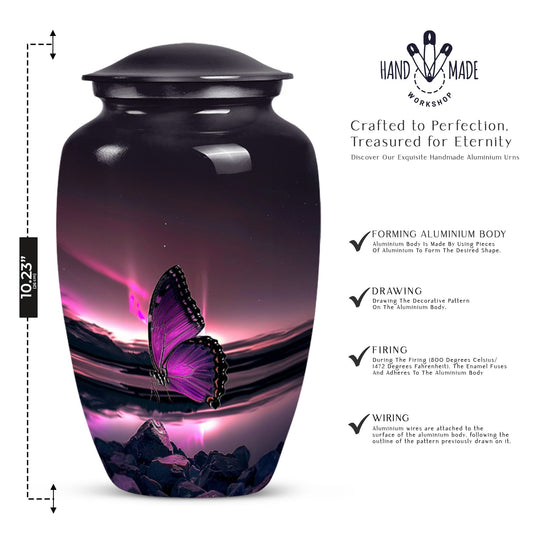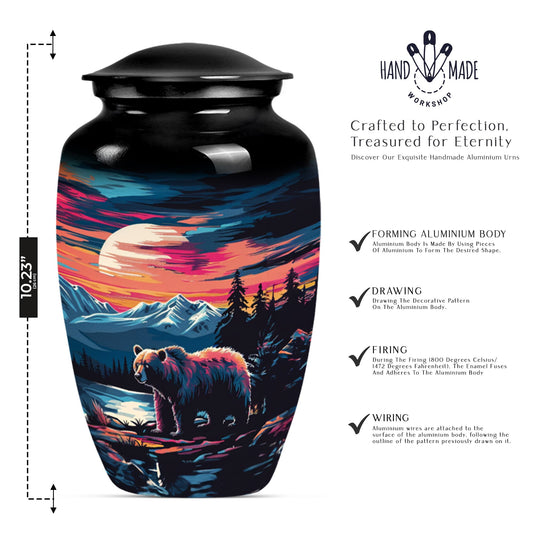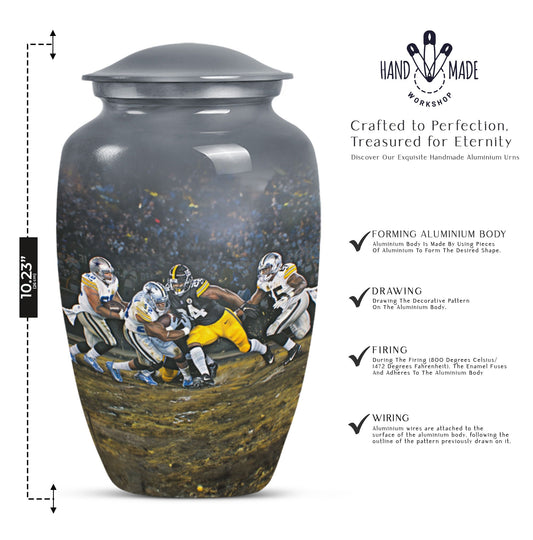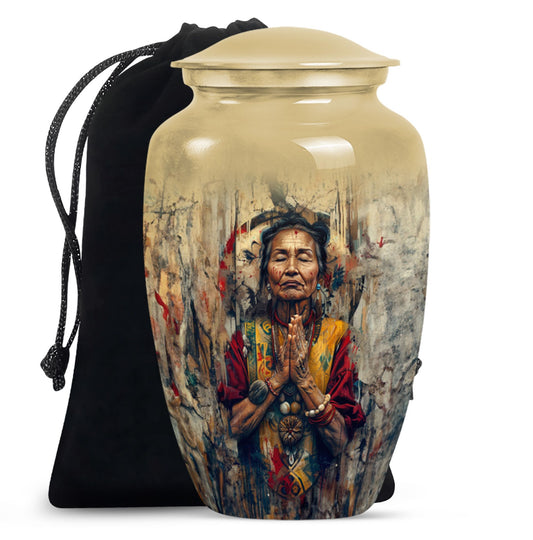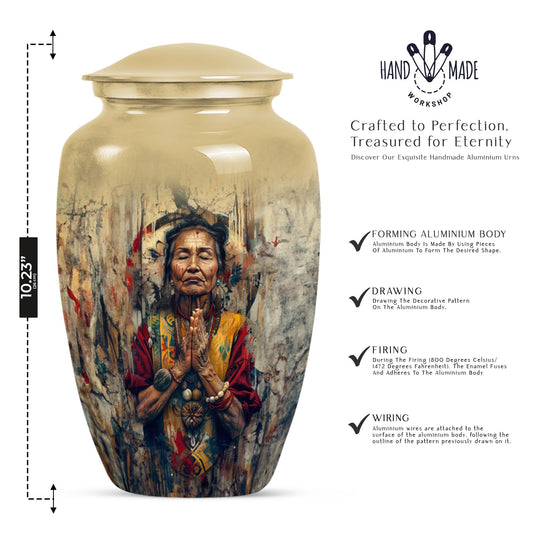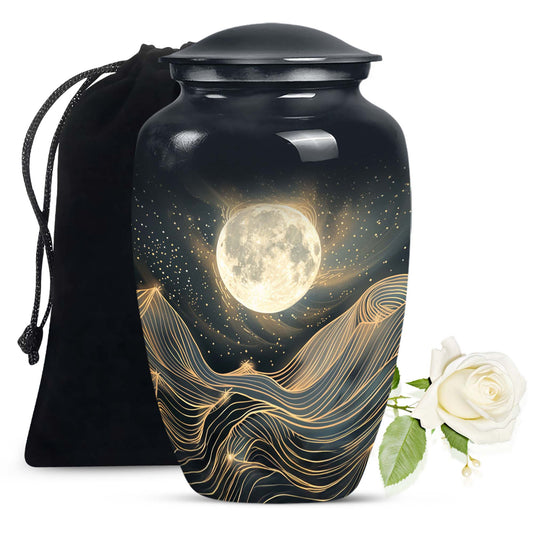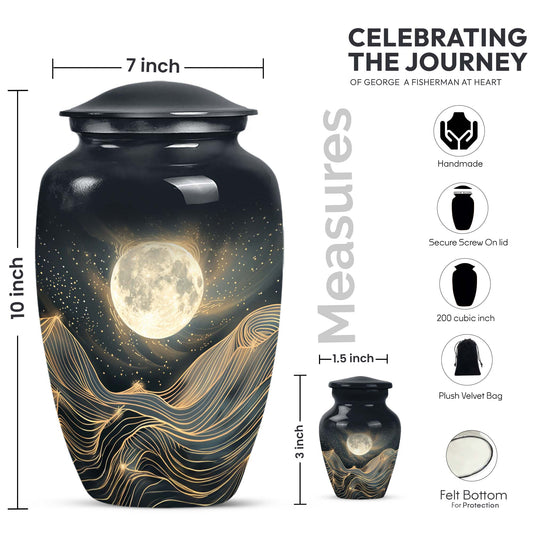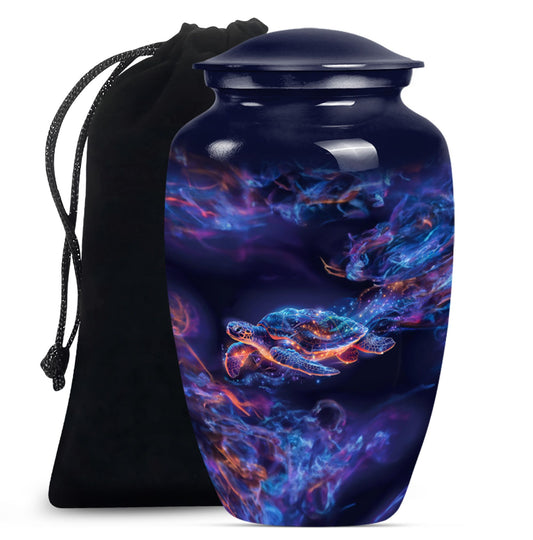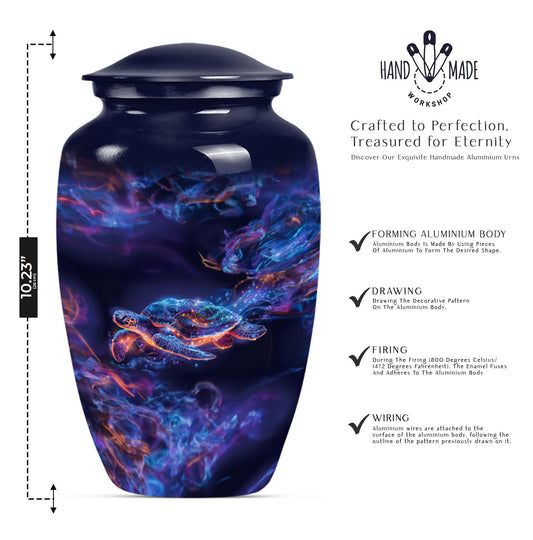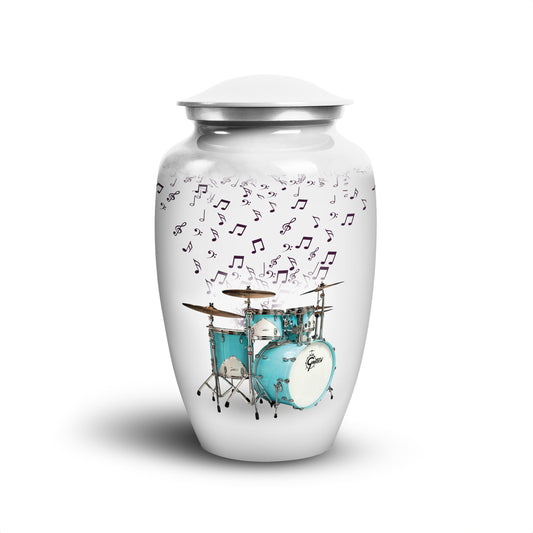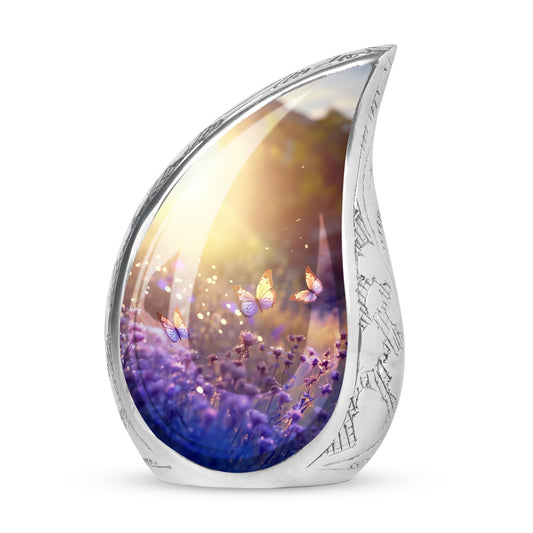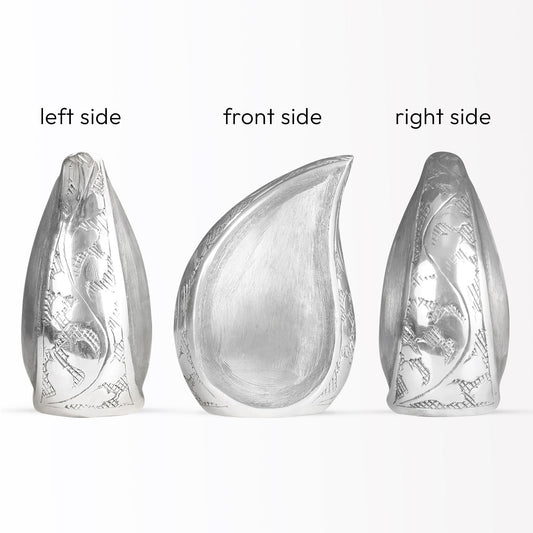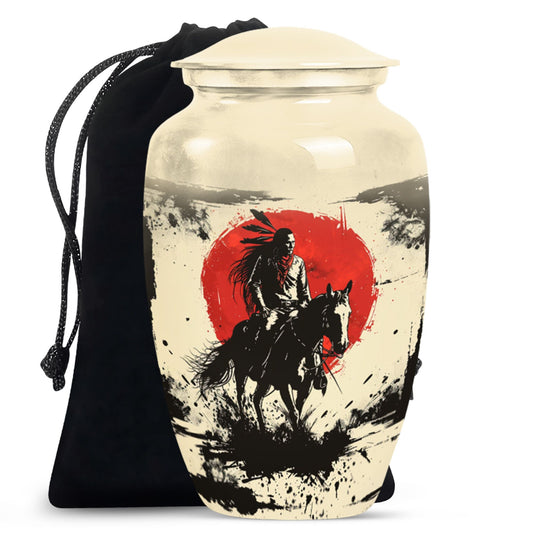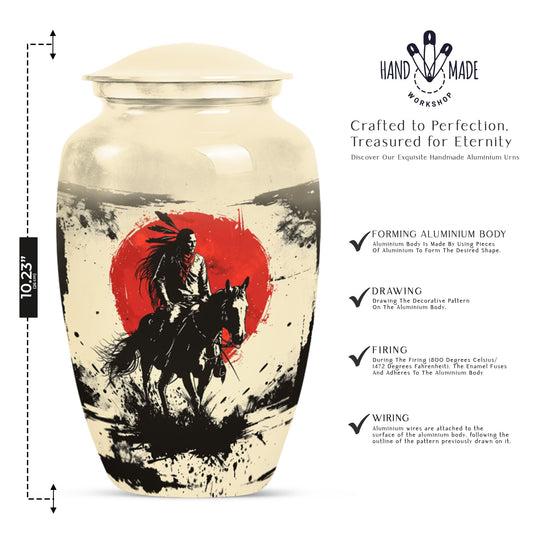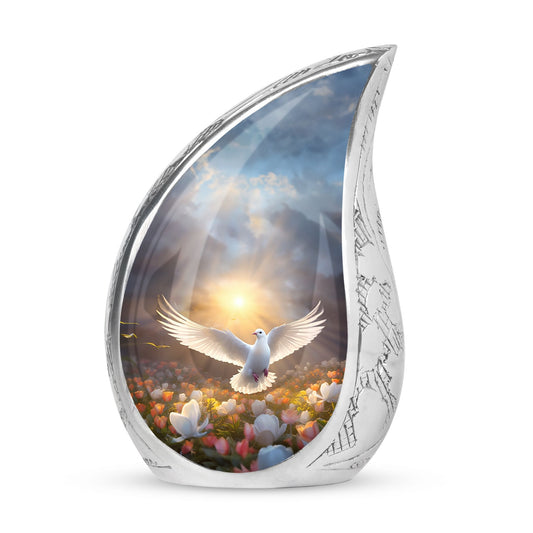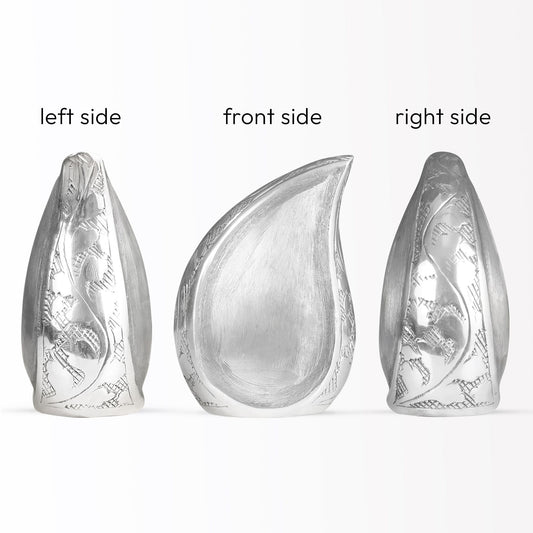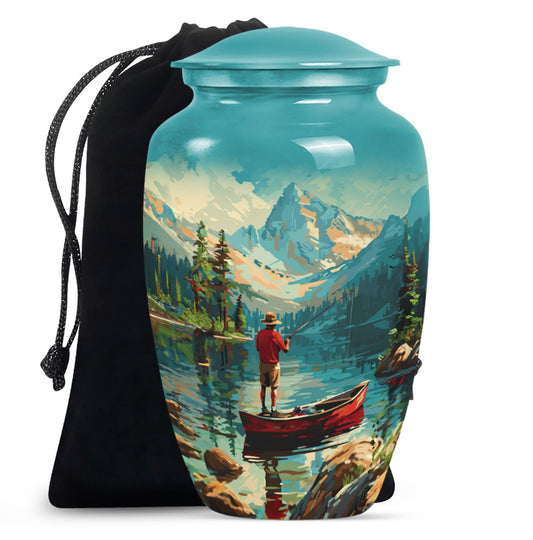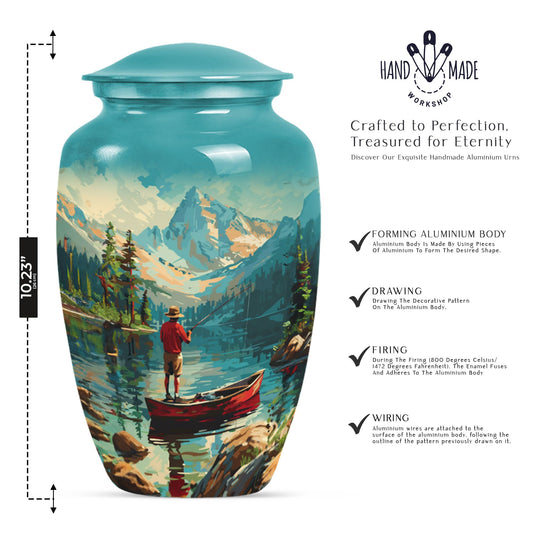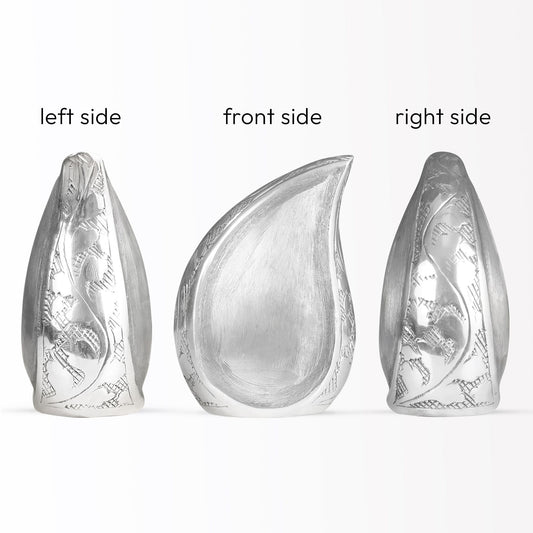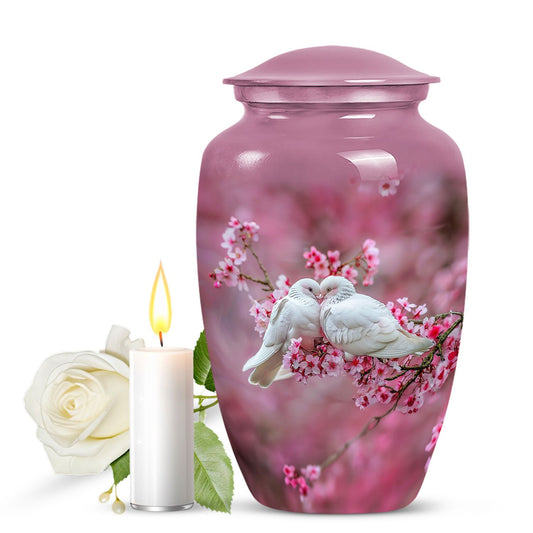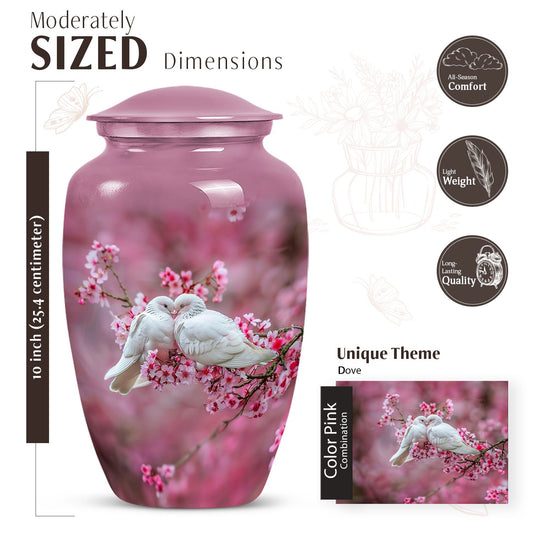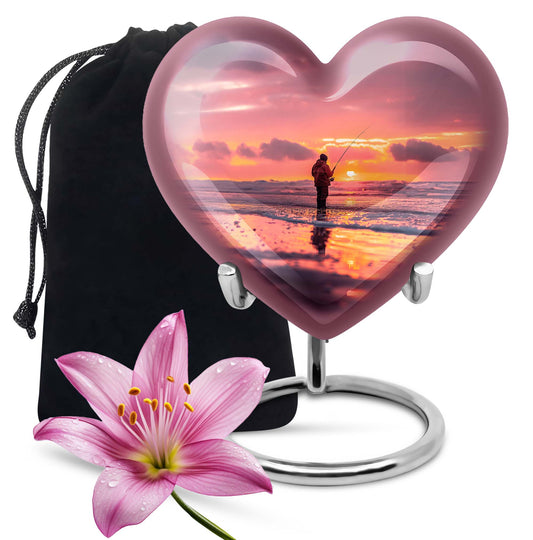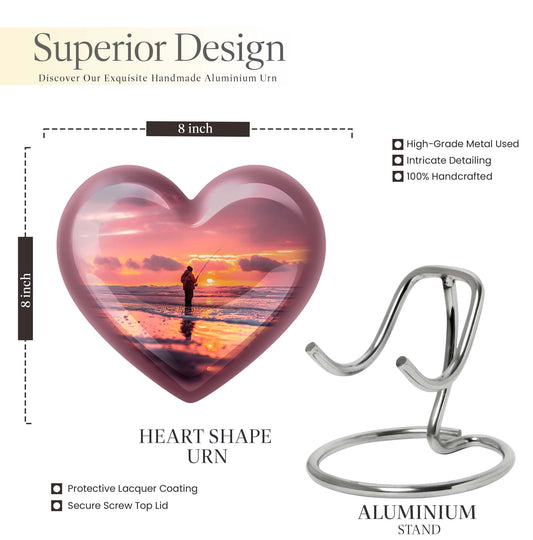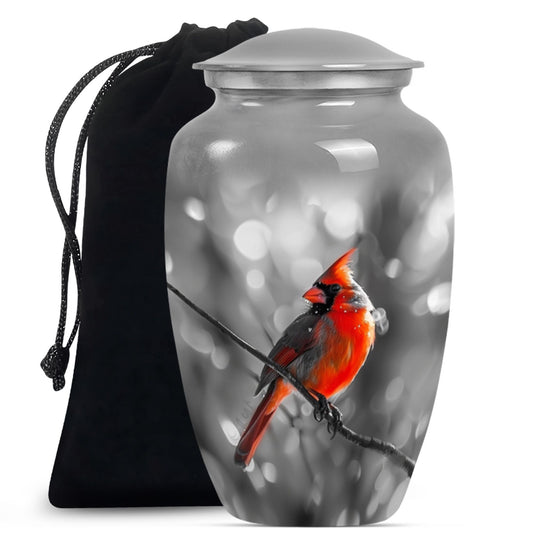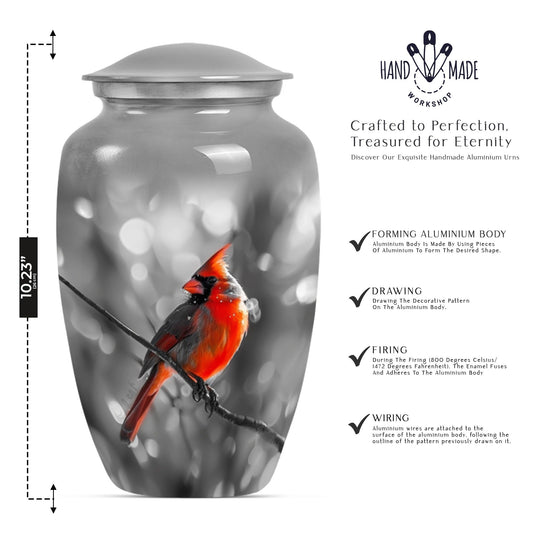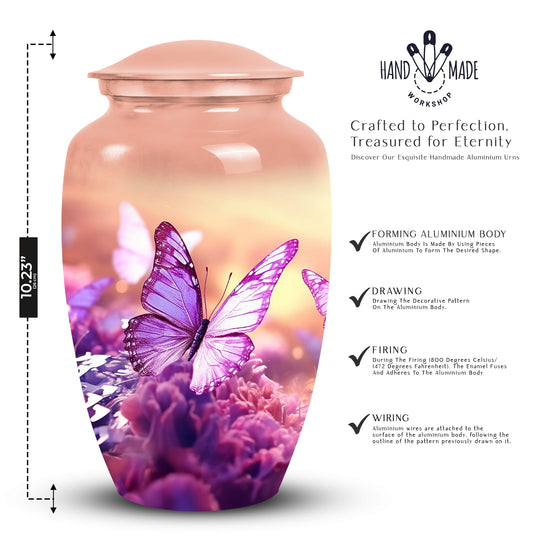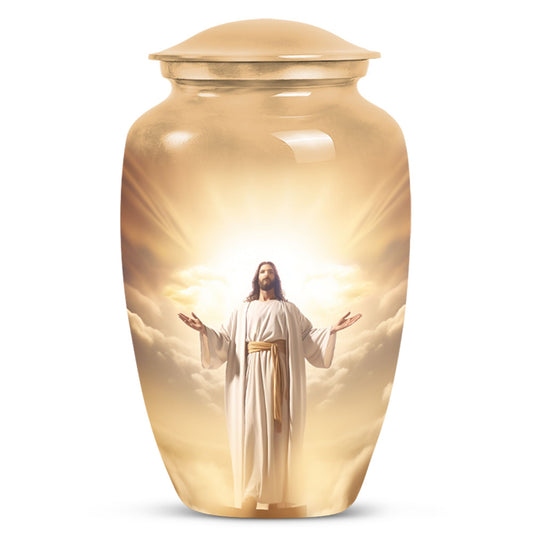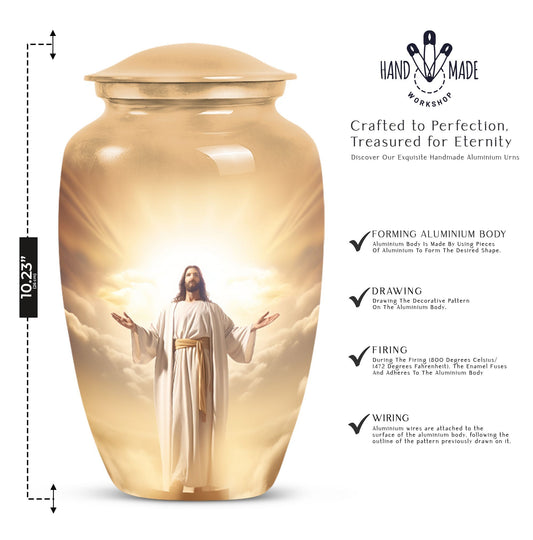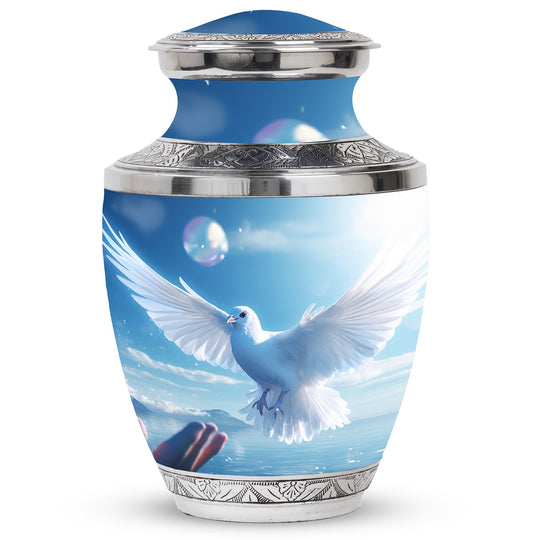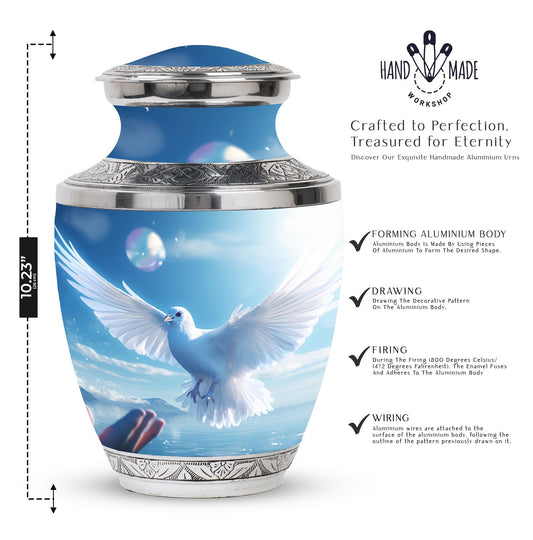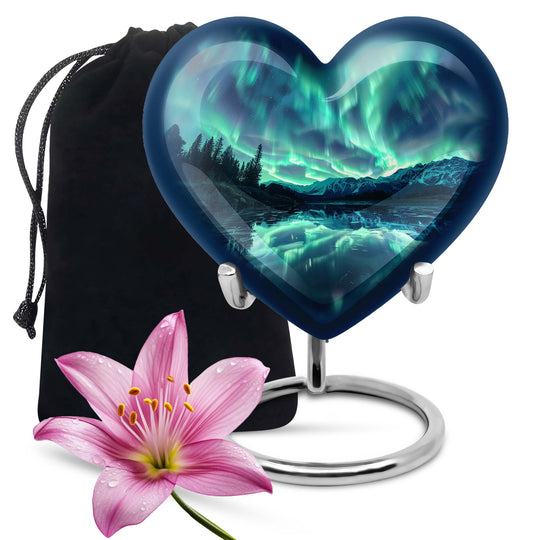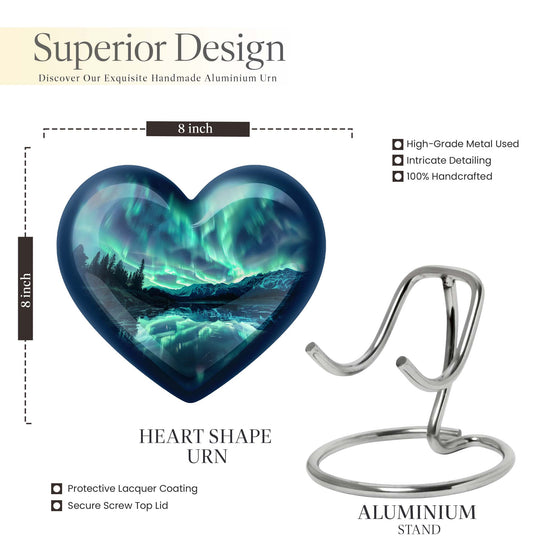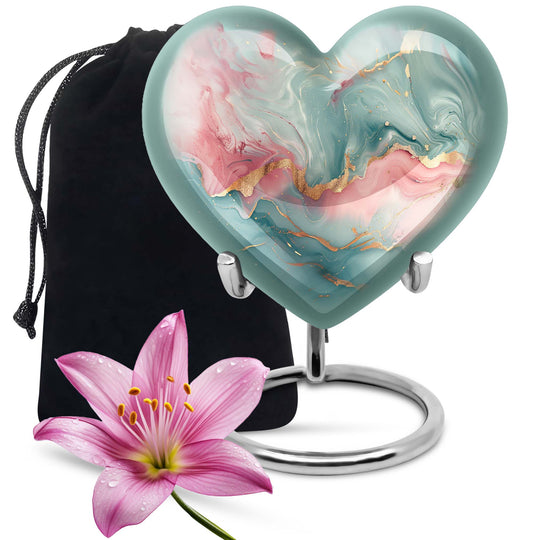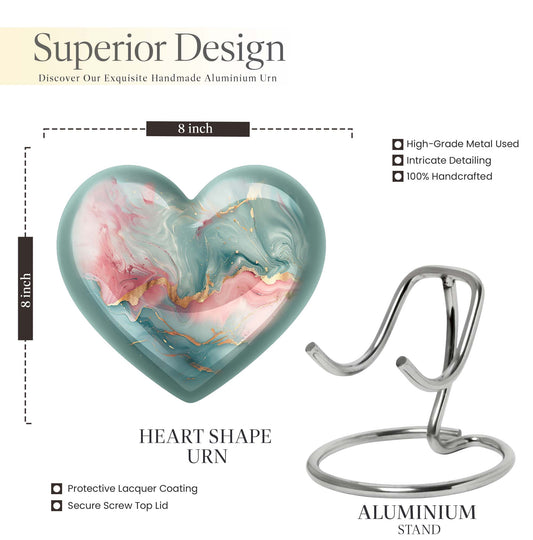Popular Urns
What Style To Avoid At A Funeral?

Right Attire To Wear At A Funeral
Going to a funeral is a solemn occasion, one where participants must demonstrate respect in not only their behavior but also in their attire. Wearing appropriate clothing reflects respect for the bereaved family and the dignity of the occasion. Even though some of these general funeral dress guidelines can change a little bit according to different cultures and religions, certain types of what not to wear at a funeral have standard avoidance principles.These lead to causing offense unintentionally or shift attention from where it ought to go at the funeral: respect to the dead and condolences for loved ones.

Probably, one of the primary items to avoid at a funeral is extremely casual dress. While modern culture generally accepts casual wear in almost all situations, funerals are an exception. Jeans and t-shirts, sweatshirts, and sneakers can be inappropriate unless the family has specified a preference for casual wear. Such clothing shows a lack of effort or seriousness over the occasion. Funeral dressing should be dignified and respectful, so it should generally be more formal or semi-formal.
Unless the family requests it, avoid bright or flashy colors and patterns. Traditionally, funeral rites are darker and more muted, with black, navy, gray, and similar shades being the norm. Vibrant colors, sequins, glitter, or loud patterns may clash with the solemn mood of a funeral. Such options might steal attention from the service and seem to be inconsiderate to others who are grieving.
Clothing that's too revealing or too fashionable should also be shunned. Shorts, low-cut necklines, and body-hugging dresses have no place in funerals. Clothing that is more worried about the fashion than about modesty will be inappropriate and will draw attention from the seriousness of the occasion. In the same vein, very fashionable attire — like a bold designer statement or a high-fashion style — will draw attention to the wearer, which is precisely the opposite of why someone goes to a funeral.

The aim is always to be part of the crowd and show solidarity with the grieving family rather than standing out.
Footwear is another area that is often overlooked. High heels, fancy shoes, or anything else that may cause noise or be uncomfortable should not be considered. More pragmatic, unobtrusive, and simple shoes should be the way to go, particularly if the graveside service requires walking across uneven ground, which so many graveside services tend to require. Footwear that tends to draw undue attention could be distracting within an atmosphere that demands moments of silent reflection.
Accessories and grooming should also be kept to the minimum. For example, noisy, clinking jewelry, bright makeup, or overpowering fragrances can distract or even cause pain for others nearby. Subtlety is the rule; understated accessories and natural makeup, if applicable, will be more suitable for the event. Personal grooming choices should reflect the respectful and modest tone of the event.

Ultimately, the message of funeral dressing should be respect, modesty, and care for the family in grief. By not wearing casual or flashy, revealing, or highly fashionable clothes, it guarantees that their presence honors the memory of the deceased and does not inadvertently offend them.
It shows care for the event and understanding toward the mourners by showing respect through dressing appropriately for the funeral. In this way, one's clothes become a silent yet powerful expression of solidarity and respect during an extremely emotional time.
ALSO READ:
What Comfort Foods Can You Take To A Funeral?


